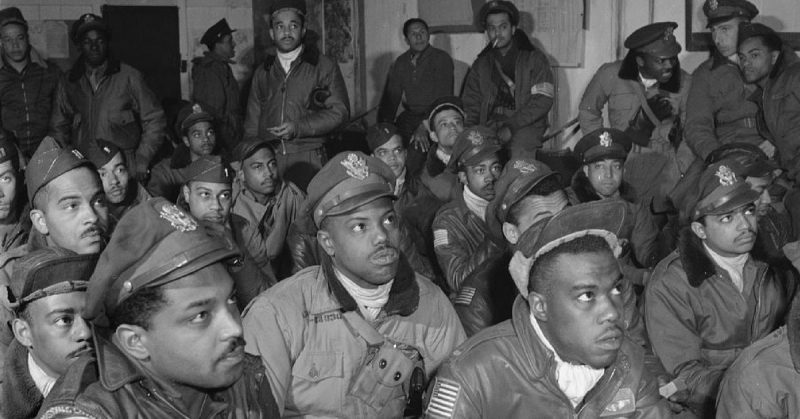The Defense POW/MIA Accounting Agency (DPAA) is investigating a crash site in the Alps. It is believed that the wreckage may be that of Captain Lawrence E. Dickson’s P-51 Mustang. Dickson was one of the legendary Tuskegee Airmen, the black fighter pilots who trained at the Tuskegee Army Flying School and served with distinction in World War II.
Dickson is one of the 27 Tuskegee Airmen that went missing in action during the war when his plane crashed on December 23, 1944.
According to Joshua Frank, an analyst with DPAA, if the remains are positively identified as Dickson’s, he will be the first of the 27 to be located.
The initial evidence is strongly pointing to the crash site as indeed being Dickson’s Mustang. DNA testing is still pending on the remains found at the site.
Dickson was 24 at the time of the crash. He was assigned to the 100th Fighter Squadron which was based at Ramitelli, Italy.
Just before Christmas in 1944, he led an escort of an unarmed P-38 Lightning photo reconnaissance plane over Nazi-controlled Czechoslovakia.
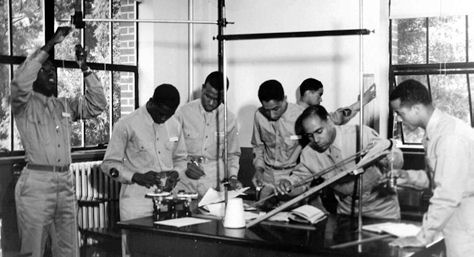
While heading into enemy territory, his plane developed engine trouble. The other P-51s stayed with him while the P-38 flew on to continue the mission.
Unable to find a spot to land in the mountainous region while his plane was steadily losing altitude, he ejected his canopy. The other pilots looked for signs of a parachute or wreckage, but they saw nothing. They believed he crashed near Tarvisio, Italy. There was no search conducted for him.
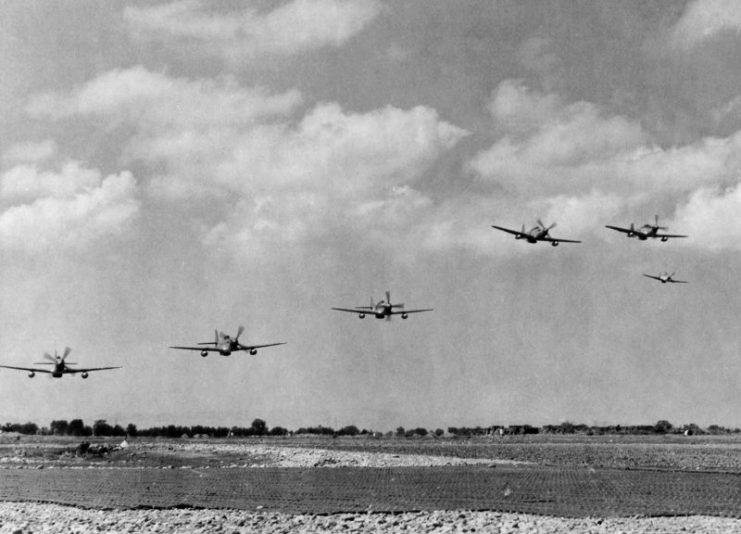
Surviving Dickson was his wife, Phyllis. Phyllis passed away in December. She was 96. Dickson and Phyllis had one daughter, Marla Andrews who was two when her father died. Andrews is now 75 and residing in New Jersey.
After the war, the Allies seized German documents concerning downed Allied aircraft. Frank has compiled those documents into a report which the DPAA is using to open a new investigation into WWII crash sites in Italy.
On December 23, 1944, there is an entry in the records, but it is not in Italy. Instead, the crash is reported in Austria, six miles from the suspected site.
Frank was able to find the location of the crash with some help from local residents. The DPAA is working with the University of New Orleans, the University of Innsbruck, and the National World War II Museum to excavate the area.
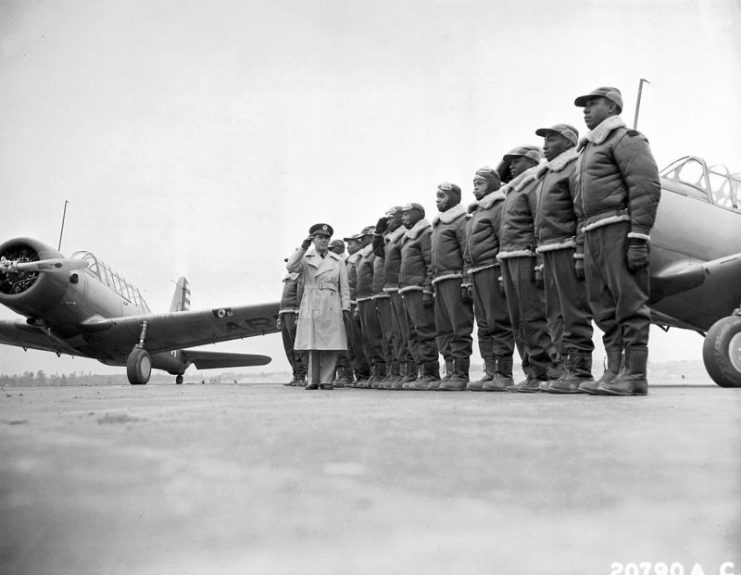
The actual plane was covered with a layer of moss. The trees around the wreck were scarred by the .50-caliber rounds that exploded while the plane burned.
Marla Andrews said she never stopped trying to connect with her father. She called it “a questioning, a void,” and said she realized she would likely never find the answers to her searching questions.
Until 1940, African-Americans were prohibited from flying for their country. In 1941, pressure from civil rights groups and black media led to the creation of the Tuskegee Airmen, an all African-American aviator Army squadron.
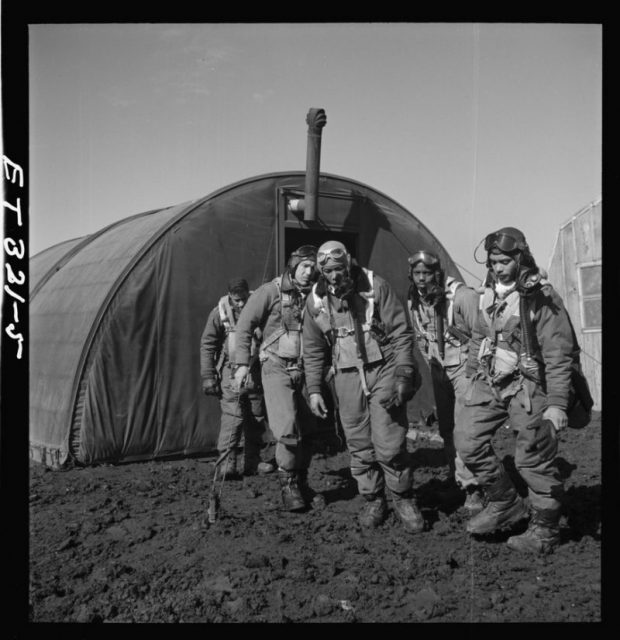
The term “Tuskegee Airmen” is used to cover everyone involved in the Tuskegee experiment. It includes the pilots but also the navigators, mechanics, instructors, staff and other personnel who worked to keep the planes in the air.
The Airmen overcame discrimination and segregation to become one of the most highly respected and honored squadrons of the war. Their dedication and heroism directly led to opportunities in the military being made available for people of all races.
According to the official DPAA website, there are still over 72,000 American service members missing from World War II alone.
